FOCUS: One year after deadly Kentucky tornadoes, many still don't have a home
One year after an EF-4 tornado tore through much of western Kentucky, thousands of survivors have been denied federal assistance.
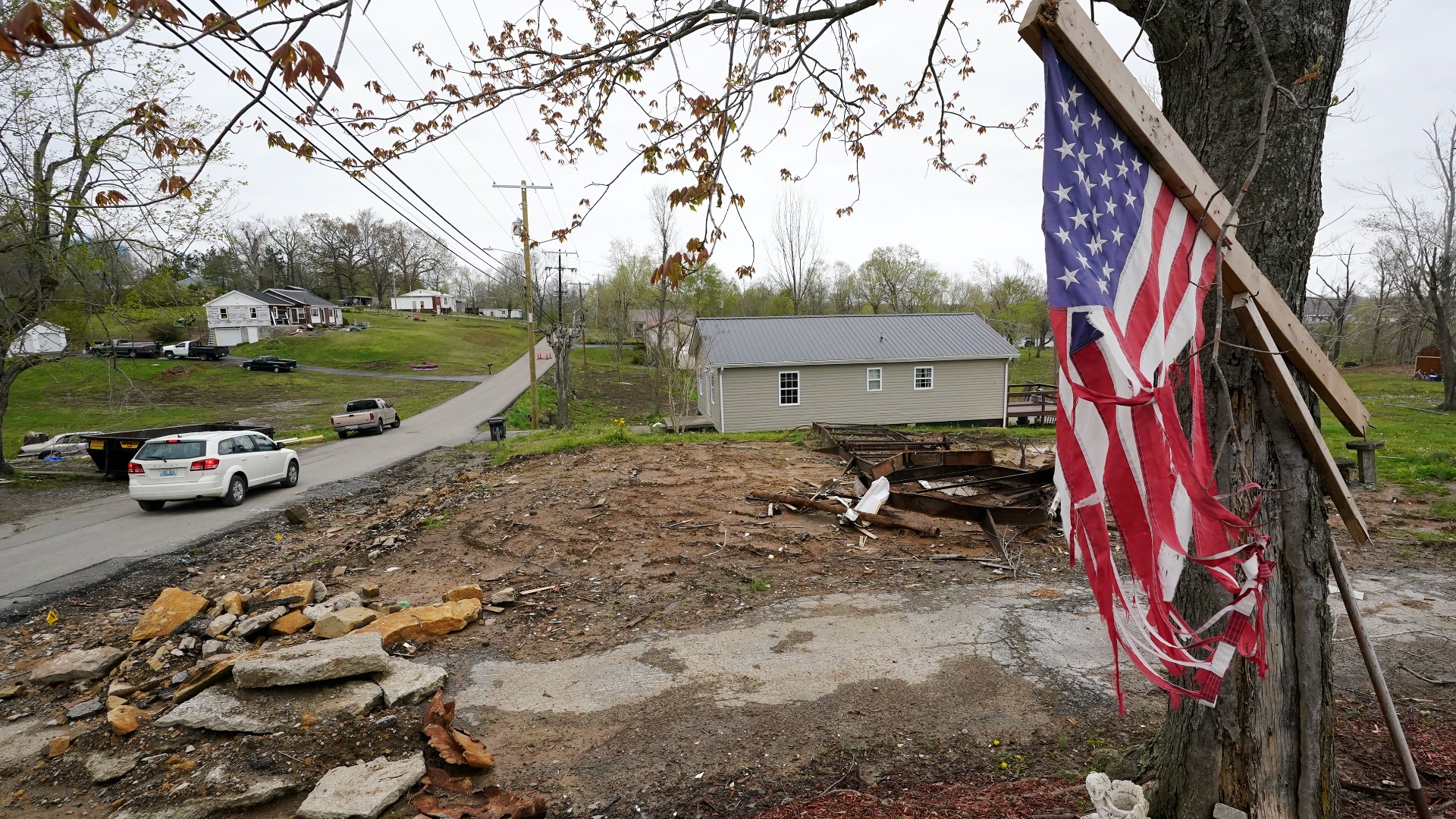
The silence still stands out, the eerie quiet that came just before the howling winds late into the night on Dec. 10, 2021, when a monster EF-4 tornado tore through Dawson Springs.
"Lord, in thirty seconds, it showed its rage and left behind nothing," Deloris Williams remembers. She lived on Clarkdale Court, in a low income housing unit.
She survived the storm by taking cover in her bathtub with her poodle 'Sassy' between her arms.
Her next door neighbor wasn't as lucky, however, dying in his bed that night.
"With the anniversary, it's like it plays over and over and over," Williams said.

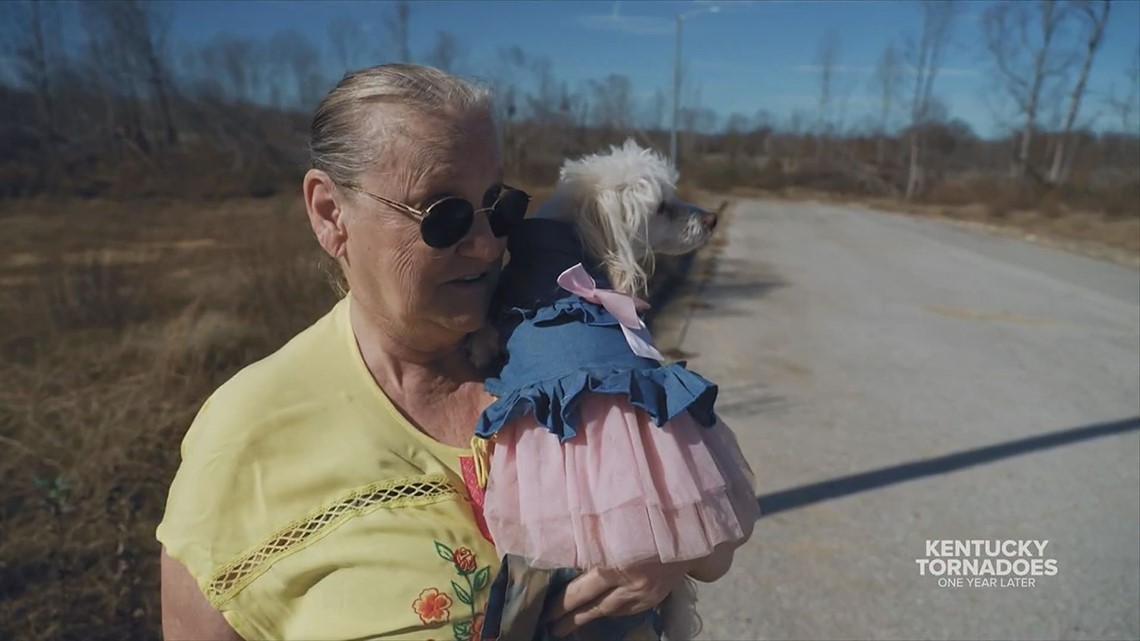
Whole communities destroyed 'There was nothing left.'
Clarkdale Court, and every unit on the street, was considered a total loss. Within weeks, bulldozers had pushed the debris -- including furniture, housing materials, kitchen appliances and pieces of cars -- to the edge of the road to be collected and removed.
The families who lived there were left with nothing, except their lives.
"None of us were prepared honestly. I feel like," Williams said. "Because none of us would ever dream something like this would happen."
Williams moved into a friend's home nearby, staying in the spare bedroom while she looked for a new place to live. She applied for federal help from the Federal Emergency Management Agency (FEMA) and received a check for $5,100.
She said she used that money to replace her car, clothes and some furniture. But when it came time to find a new home, she said she was out of luck, almost all of the affordable housing in Dawson was destroyed.

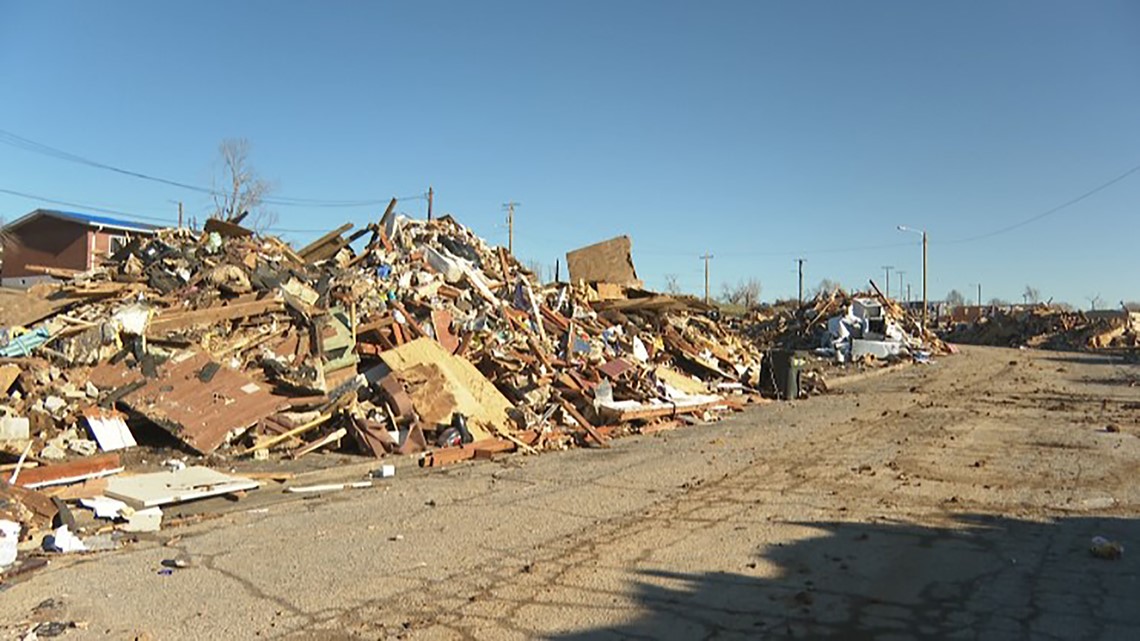
"We had three big apartment complexes where people rented from and they didn't all make it through the storm. We were left in limbo," Williams said.
Ladonna Hooper also survived the storm in Dawson Springs, but her rental home did not. The roof was ripped from the walls. She described finding some of her neighbors' items carried by the wind and then dropped into her home.
"It was like somebody just dropped a huge bomb," she said. "There was nothing, there was nothing left. I mean there was areas there was nothing. Nothing there."
With help from the American Red Cross, Hooper and her family moved into a hotel. She said she had rental insurance and received a pay out. She also applied for FEMA assistance. Her application for FEMA was denied.
"I think with FEMA, when it come to a disaster like this, I don't think it should've mattered if you had insurance or not. This is something that we didn't prepare for and this is something that we couldn't control. So I feel like the government let us down on that end," Hooper said.

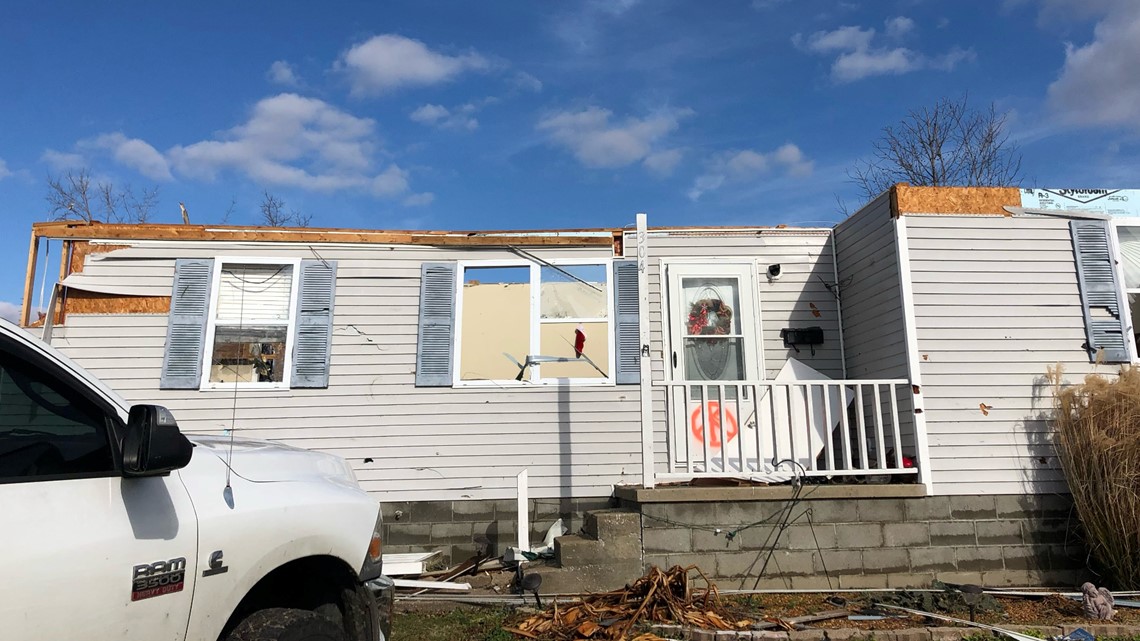
Federal Response Survivors felt FEMA 'could have done more'
FEMA representatives said they received 15,000 applications from survivors in western Kentucky following the December tornado outbreak.
2,365 of those applications were approved, those survivors received checks. 6,000 households were deemed 'ineligible' for assistance and they received nothing from the federal government.
FEMA did not explain the status of the other 6,600 applications, which means those families might still be waiting.
"I think FEMA could have done more," Hooper said. "I think even the people that needed the help with FEMA, FEMA wasn't there for them. If you had any type of insurance with FEMA, or any type of insurance, you didn't qualify for FEMA."
Many survivors still believe FEMA, ultimately the federal government, let them down after the disaster. But community leaders seem to have a different understanding, one calling FEMA's roll-in disaster aftermath 'misunderstood'.

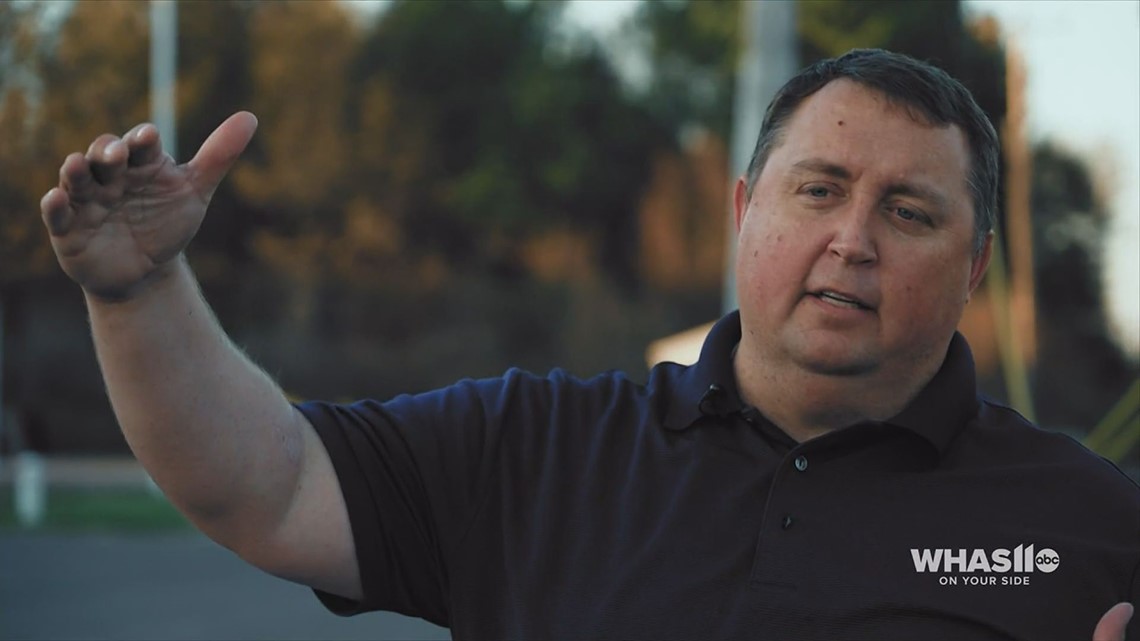
"What we learned is organizations such as FEMA and Red Cross come in, they give a little help, they help get people going, but it's never enough," Al Chandler, chairman of the Graves County Long Term Recovery Group, said.
Chandler said the Red Cross is a great organization that provides great work, but the organization is there after a disaster to provide support and help get the community on their feet.
"So, it's not completely taking them all the way- that's not what that organization does," Chandler explained, adding that it's up to the communities through 'long term recovery groups' to get families to the recovery finish line.
Getting to the finish line Community steps up
Community leaders emerged during the storm aftermath. Pastors, local officials, business owners and others stepped up to create what is known as the "Long Term Recovery Groups."
Every county, designated as a disaster county, has one of these groups.
The groups consist of community members and neighbors who are advised by national organizations, like the American Red Cross, and tasked with organizing the long-term recovery of their communities.
"We all have learned a lot through this recovery and one of the most important things to learn is the need for great, clear, disaster case management," Chandler said.
The groups work in teams to organize the help coming in and then delegate the work needed out to individuals. That includes assigning volunteers to construction projects, and storing and organizing donations before distributing them through a prioritized case management system.
"These survivors are matched with a disaster case manager and begin to walk them through what do they need?" Chandler explained. "What did FEMA give them? What did Red Cross give them? What else do they need?"
Graves County, which was one of the hardest hit areas in western Kentucky, still has 190 families considered homeless, most were renters, and like Dawson Springs, there is no where for them to go.
"They're the ones staying in hotels, lodges, campers, FEMA campers or Kentucky campers, or with friends of family," Chandler said.
Housing is still the clear crisis in western Kentucky. Despite the dozens of new build homes, they still need hundreds more to meet the need.
Team Western Kentucky Beshear uses millions donated to relief fund
Governor Andy Beshear plans to help those impacted by the tornadoes by using much of the Western Kentucky Tornado Relief fund.
The fund raised $52.3 million over the last year. About $42 million has already been spent, or pledged, for a particular use.
Here's what the funds have been used for, according to the governor's office:
- $810,000 was used to pay for funerals for the 81 Kentuckians who died in the tornadoes.
- $9.6 million was given to insured and uninsured homeowners and renters.
- $3.9 million went to farmers through the Graves County Grain Assistance Program.
- $12 million has been pledged to Long Term Recovery groups for 'unmet needs'.
- $16 million has been pledged to build 300 new homes, through Homes and Hope, Habitat for Humanity and the Fuller Center on Housing.

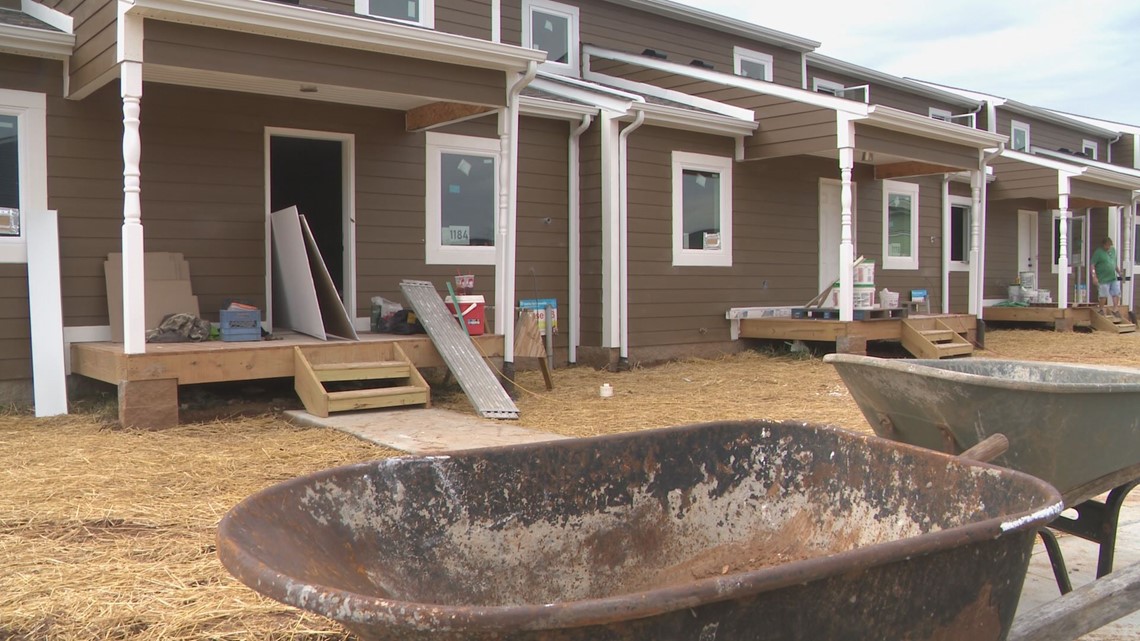
Those hundreds of new homes will put a dent in the desperate need for housing but the communities still need a plan for affordable housing.
"There's not multi-unit facilities being built for our renters and that's probably one of our biggest gaps," Chandler said.
Some renters like Deloris Williams, couldn't wait for that plan, so she moved out of town. Williams now lives in a Hopkinsville apartment about 25 miles from Dawson Springs.
"It was about five months before I even found a place to live. I truly believe if it wasn't for my cousin that helped me, because he works at an apartment complex, I still would not have a place to call home," Williams said.
Williams wants to move back to Dawson Springs, and holds onto hope that someday she will. She just doesn't know when, with no plans to rebuild the housing that would allow her to return.
"There's still part of me that says I will move back. I’m not going to be defeated by this. It's not going to take all the joy I have," Williams said.
Make it easy to keep up-to-date with more stories like this. Download the WHAS11 News app now. For Apple or Android users.
Have a news tip? Email assign@whas11.com, visit our Facebook page or Twitter feed.

